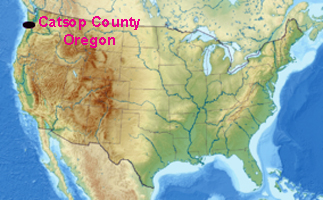
explored Fort Clatsop at
Lewis and Clark National Historical Park
in Oregon
July 24, 2013
|
|
The
Two RV Gypsies: Full-Time RVers explored Fort Clatsop at Lewis and Clark National Historical Park in Oregon July 24, 2013 |
The Lewis and Clark National and State Historical Parks, in the vicinity of the mouth of the Columbia River, commemorate the Lewis and Clark Expedition. Administration of the parks is a cooperative effort of the United States National Park Service and the states of Oregon and Washington, and was dedicated on November 12, 2004.After reaching the Pacific Ocean, the Corps of Discovery camped at Fort Clatsop in the winter of 1805-1806. The park also preserves several landing sites on the north bank of the river in Washington, and other sites in Oregon. |
|
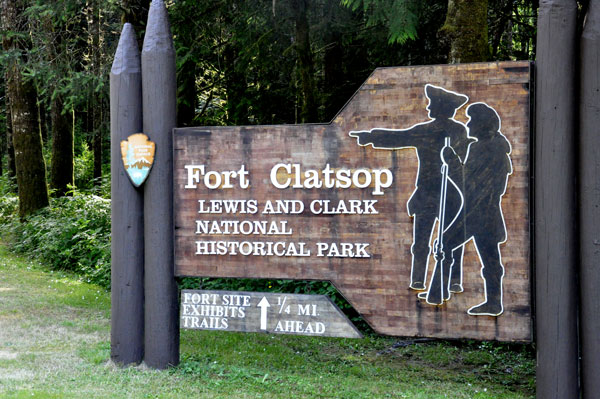 |
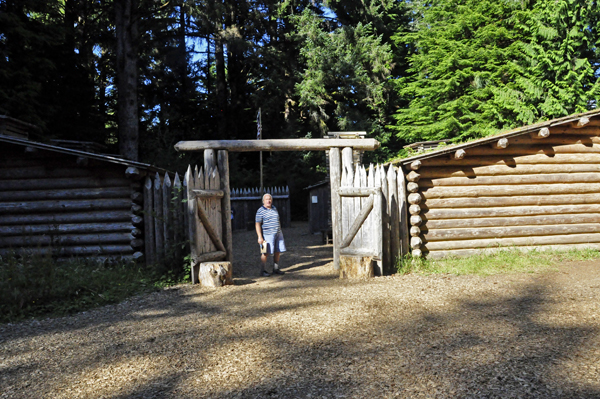 |
Below: The Fort Clatsop replica built in 2007 |
|
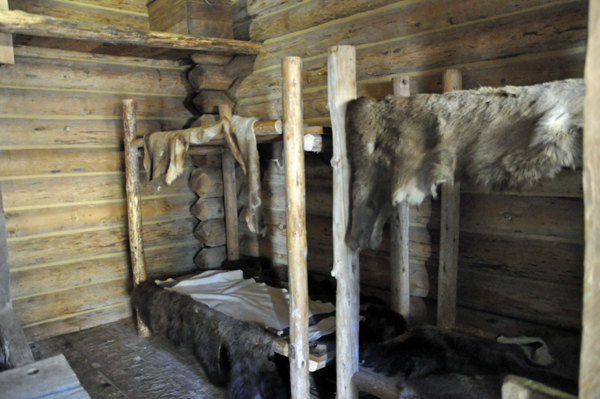 |
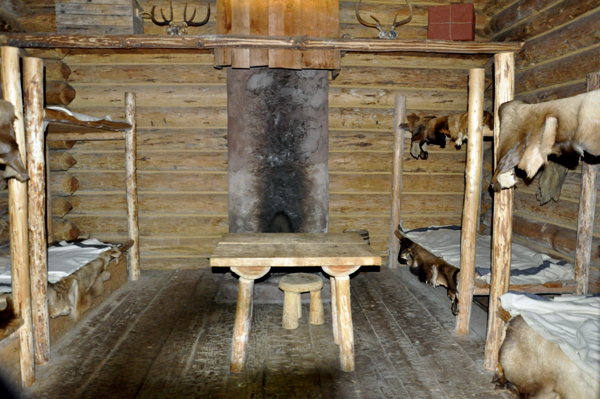 |
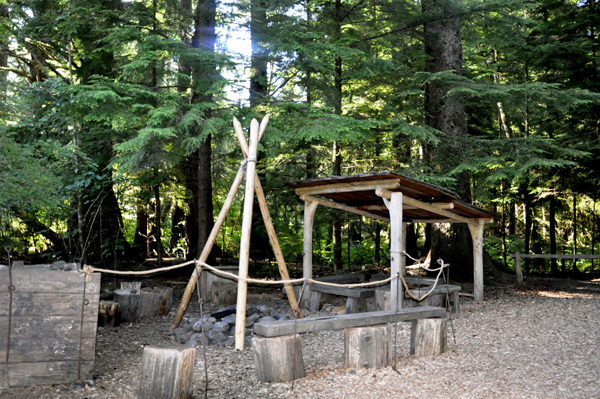 |
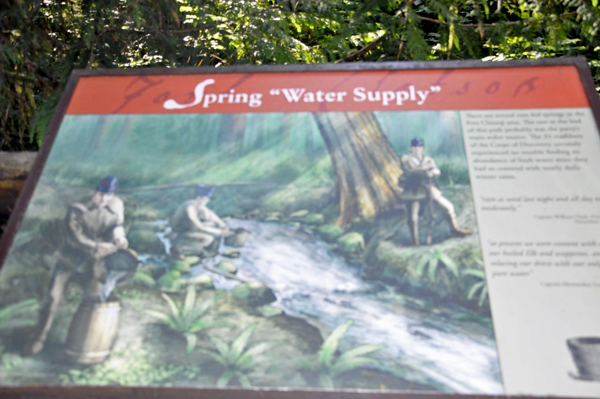 |
The Federal Park began as Fort Clatsop National Memorial which was established on May 29, 1958. The memorial was listed on the National Register of Historic Places on October 15, 1966.On October 30, 2004, it was redesignated Lewis and Clark National Historical Park with expanded jurisdiction over multiple sites, including:
|
|
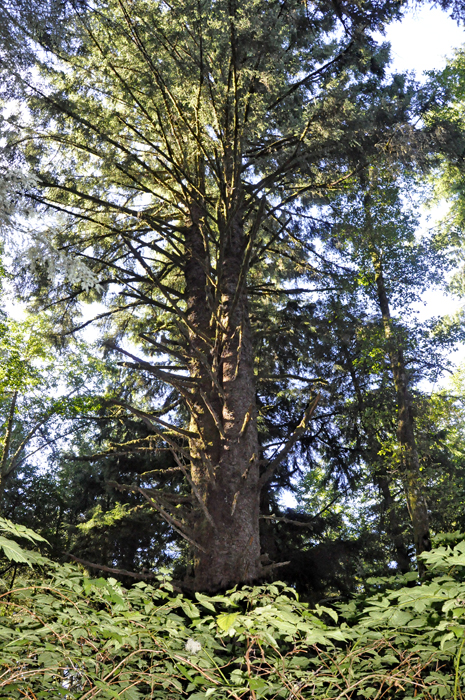 |
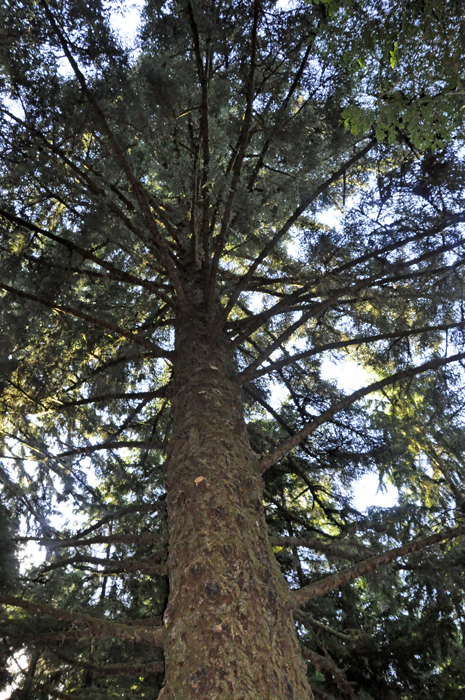 |
Fort Clatsop is the site on the Lewis and Clark River where the 33 member Lewis and Clark Expedition wintered from December 7, 1805, until March 23, 1806. The park includes the 2006 replica of the 50-foot square fort; a visitor center with exhibits, bookstore, theater, historic canoe landing, and a view of a seasonal spring joined by trails through the wetlands and rainforest (young Sitka spruce and western hemlock). |
|
 |
|
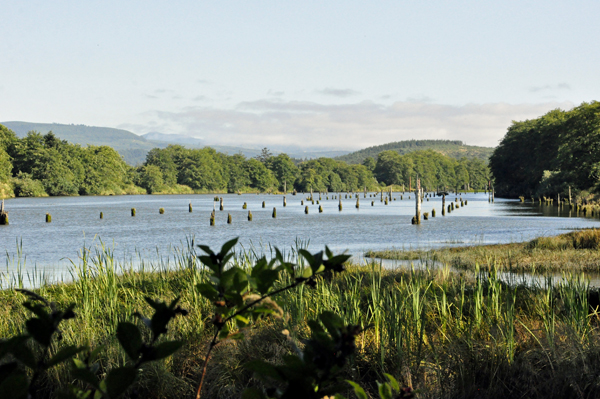 |
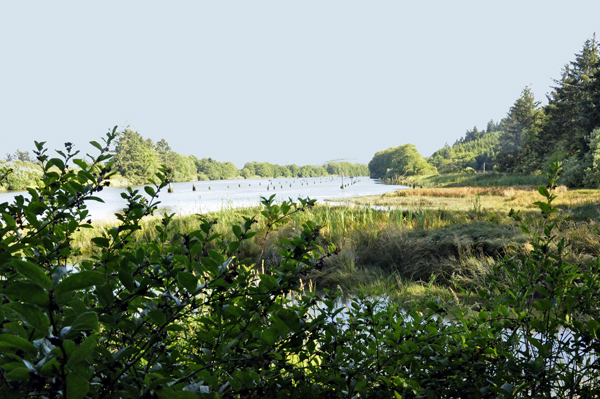 |
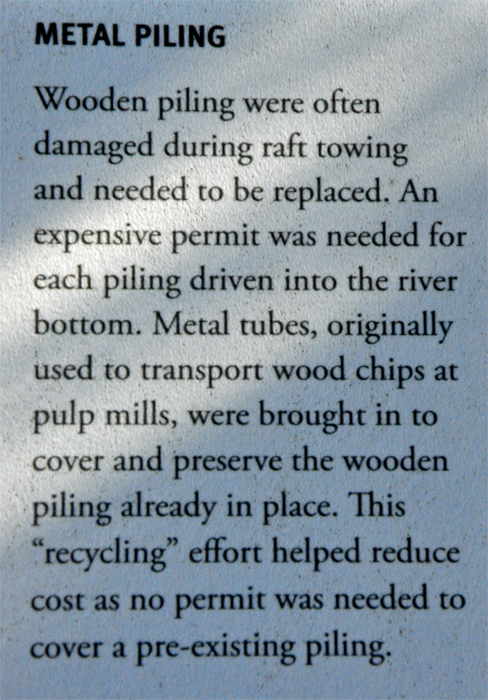 |
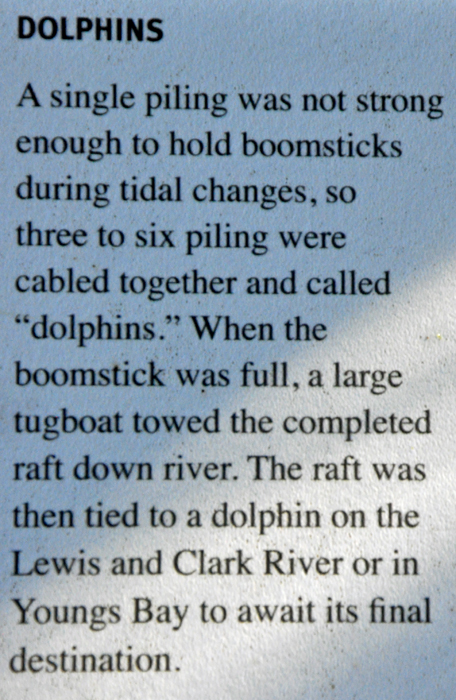 |
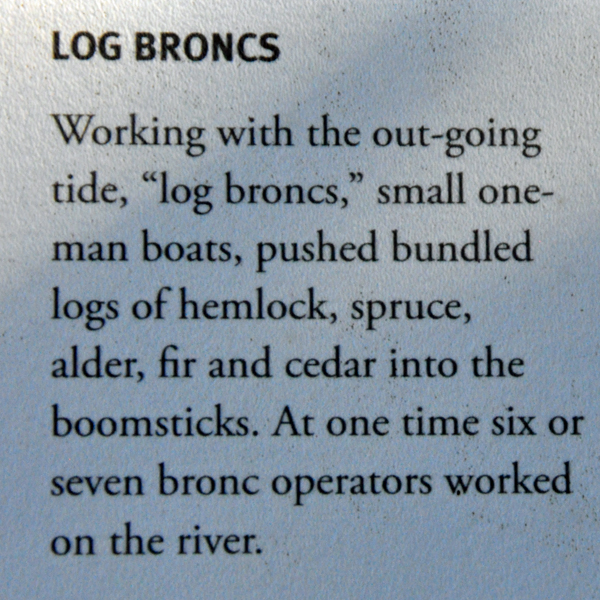 |
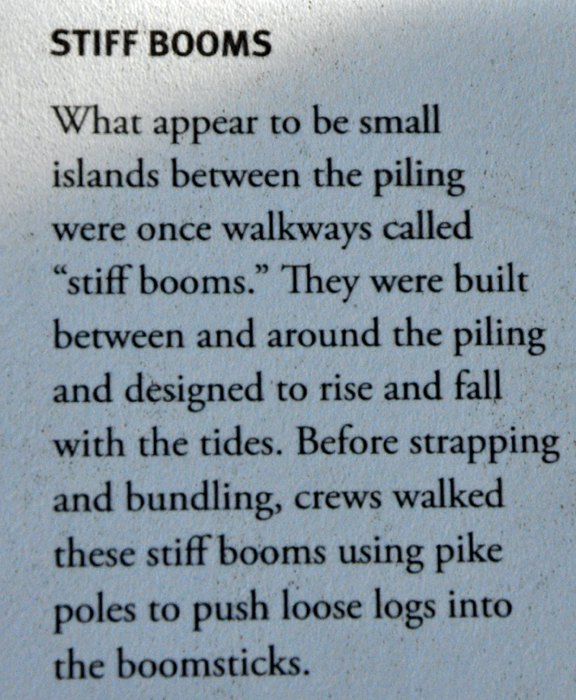 |
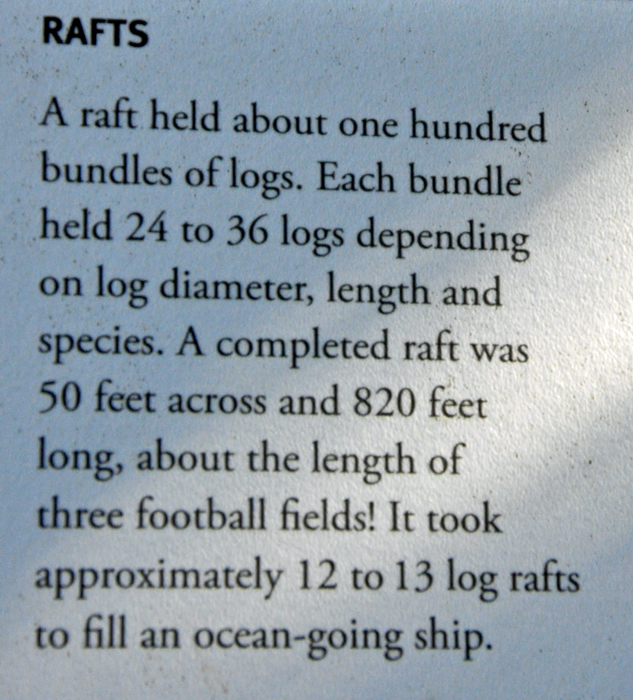 |
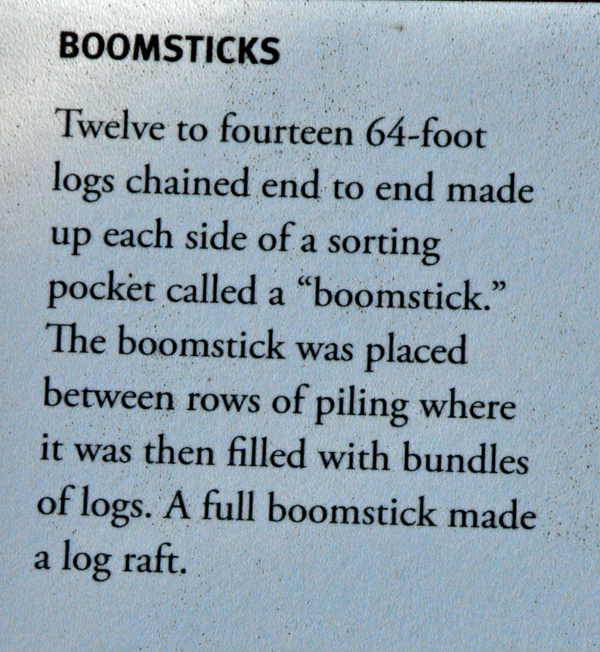 |
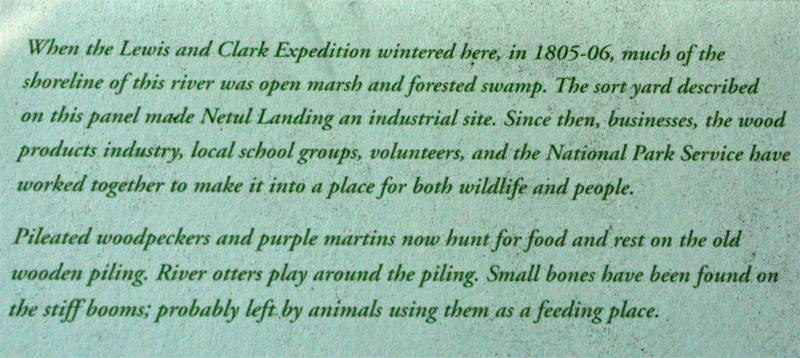 |
|
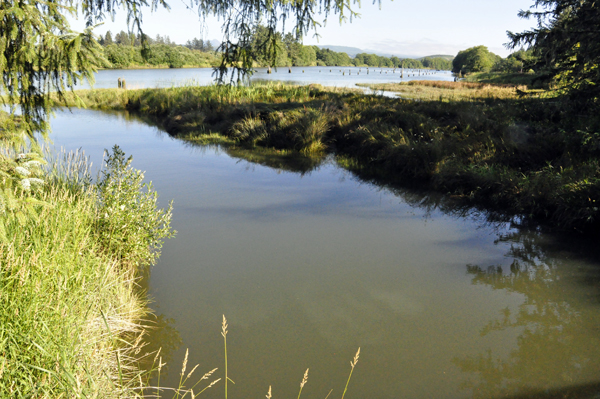 |
|
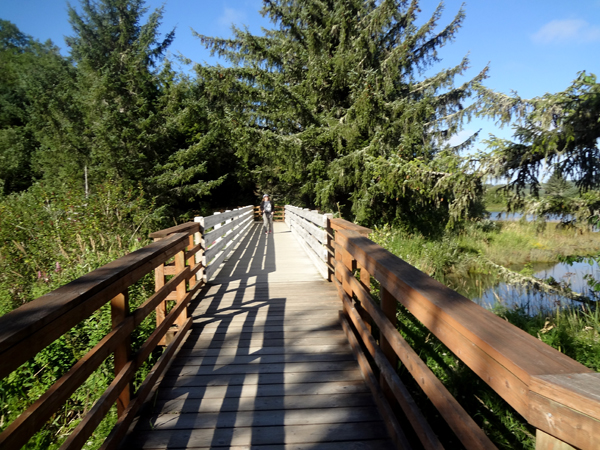 |
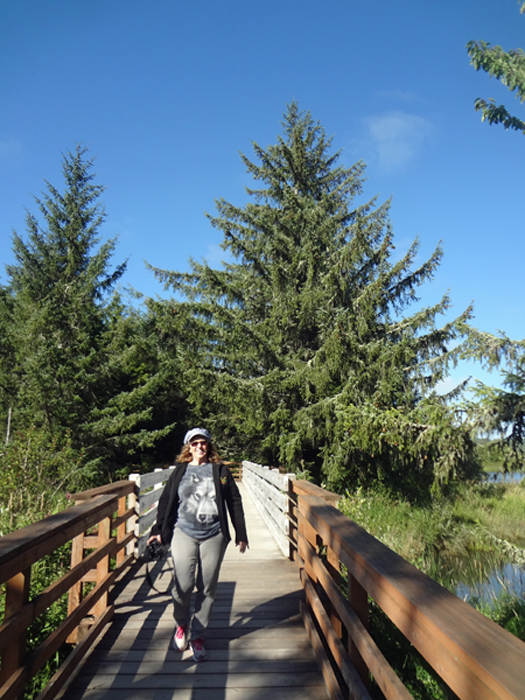 |
 |
|
Below: Then the two RV Gypsies explored the Lewis and Clark Trail - A National Historic Trail |
|
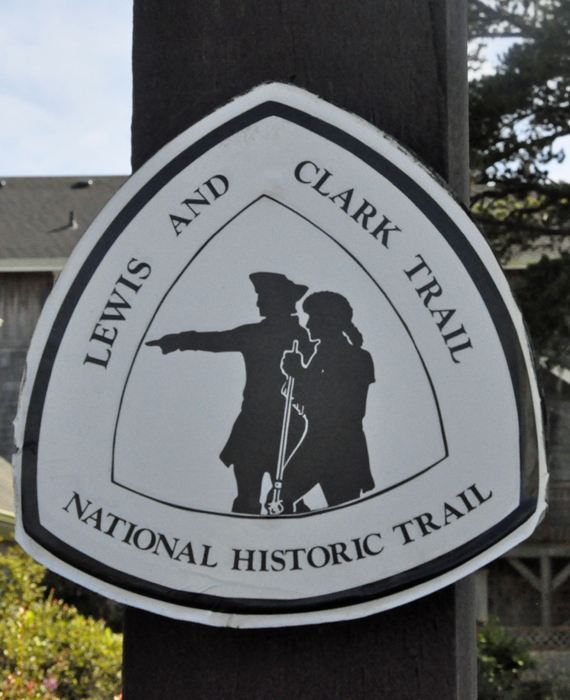 |
|
Much of the Corps' stay on the North Coast was spent securing sustenance for the winter and provisions for the trip home. By the time they reached the lower Columbia River region, the Corps had run out of valuable salt for seasoning food, and, perhaps more importantly, preserving meat. Captain Clark didn't care if his food was salty, but many other Corps members did. Good food meant good spirits, and keeping morale up during the rainy winter of 1805 was the key. On the other hand, meat preservation was a matter of life or death for the Corps. Spoiled elk meat could make the Corps sick, weakened with hunger, and without meat for the return trip home. |
|
To make salt, the Corps had to find rocks to build a furnace, wood to burn, ocean water to boil, fresh water to drink and game animals. Nearby rivers weren't salty enough, but a site 15 miles southwest of Fort Clatsop proved perfect. What's more, there were homes of local Clatsop and Tillamook Indians nearby, local experts who could help the Corps members. |
|
Five men traveled to the beach site, built the camp and set five kettles to boiling, 24 hours a day, to produce salt. According to their records, they set out from Fort Clatsop on December 28, 1805, and left the camp February 20, 1806, with 3 bushels or about 28 gallons of "Excellent, fine, strong and white" salt. |
|
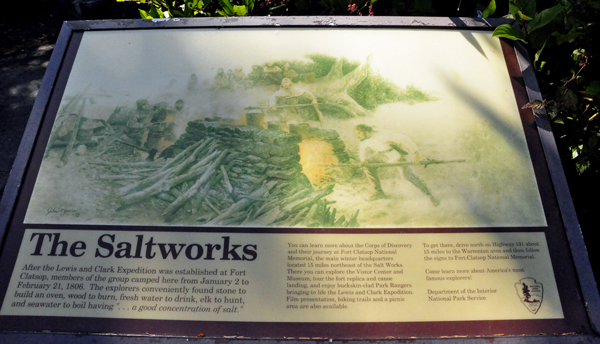 |
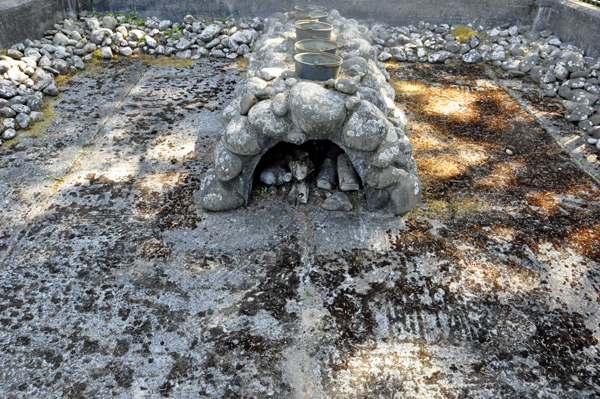 |
A faithful recreation of one of the Pacific Northwest's most spurious claims to fame. Tourists from across the country flock to see this thing that the explorers used to boil salt water for the salt. These replica Salt Works were actually built in 1955 by the local Lions Club. Their location was determined by a committee, based on the memory of an 86-year-old woman interviewed in 1900, who said that she was shown the spot by her Indian mom when she was a girl. Proof enough! |
|
This is not a linear site, so to continue navigating this website, please choose from the three options below - or the main navigational buttons: |
|
 |
|
|
|
OR |
|
|
|
OR |
|
|